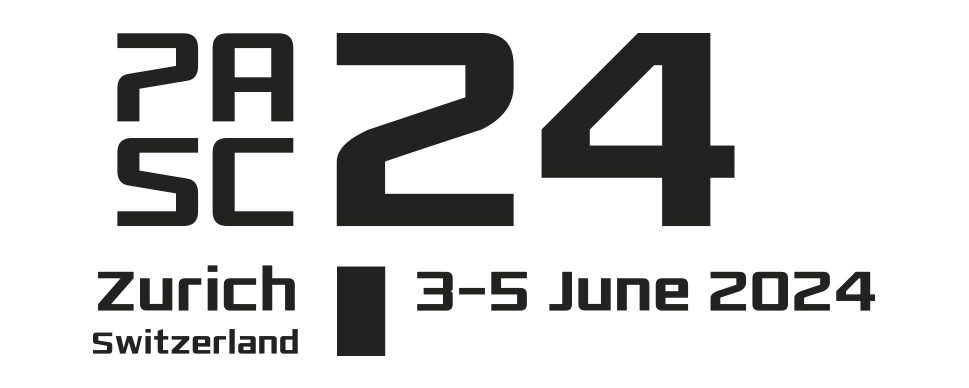MS6A - Architectures for Hybrid Next-Generation Weather and Climate Models
Session Chairs
Event TypeMinisymposium
Climate, Weather, and Earth Sciences
Engineering
TimeWednesday, June 511:30 - 13:30 CEST
LocationHG F 1
Description Climate and weather models, traditionally built using low-level languages like Fortran for performance, face sustainability challenges due to evolving hardware architectures and advances in machine learning (ML). ML models are rapidly approaching the effectiveness of physics-based models, suggesting a future shift towards hybrid systems that blend classic numerical methods with ML. This evolution necessitates exploring new tools and methodologies to address performance portability issues and the integration of physics-based models with high-performance GPU and ML frameworks in Python. Significant progress has been made with domain specific languages or general-purpose software libraries, but integrating these with traditional model components remains a challenge. The next-generation weather and climate models must accommodate a range of tools, including numerical methods, performance-portable frameworks, auto differentiation toolkits, and ML libraries. However, the architectural complexities of integrating these diverse tools are often overlooked in scientific software development. The minisymposium will focus on architectural design for scalable weather and climate models, addressing key topics like automatic differentiation, optimization, integration of various model components, and efficient data handling for ML-enabled simulations.
Presentations

